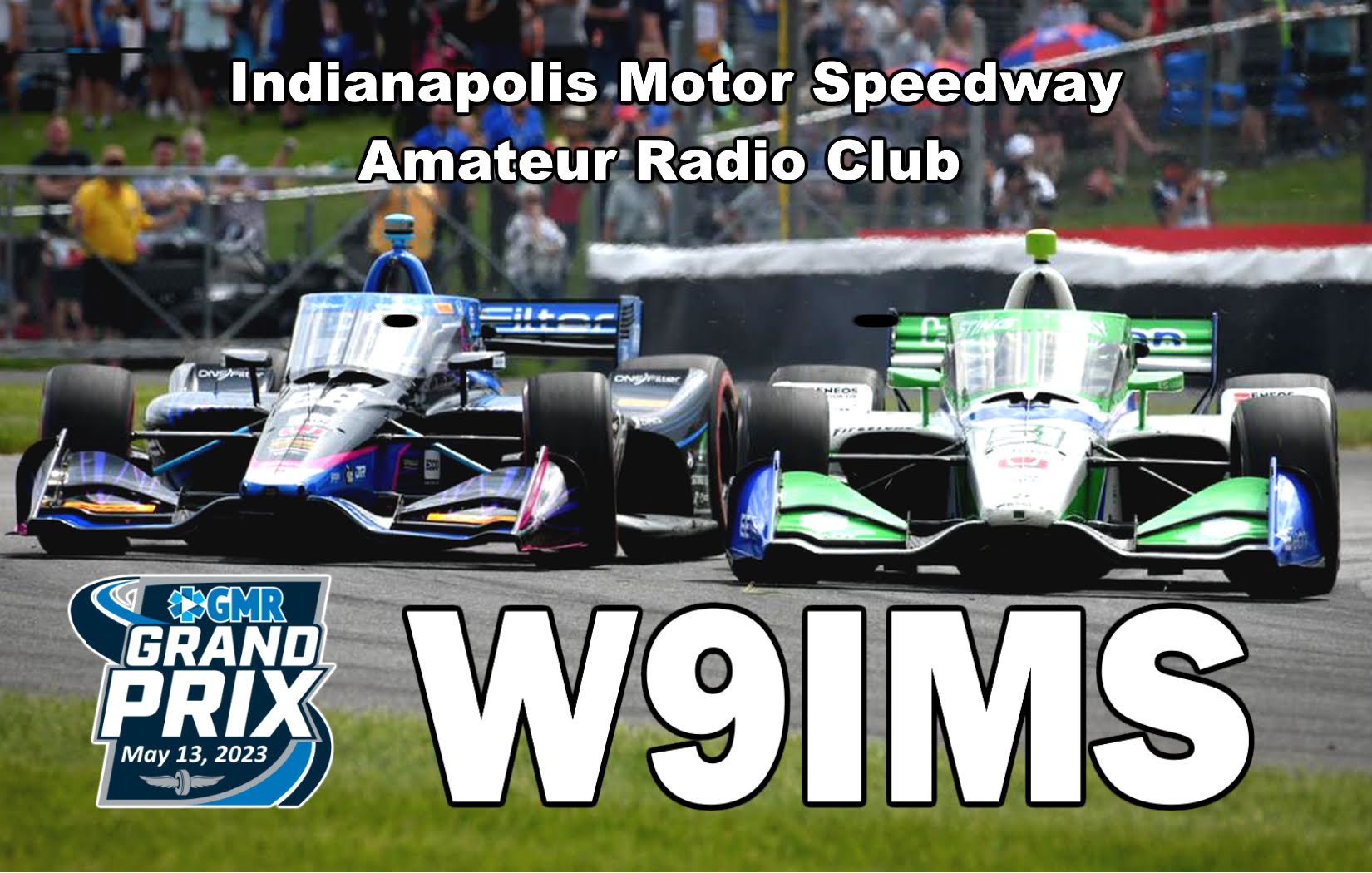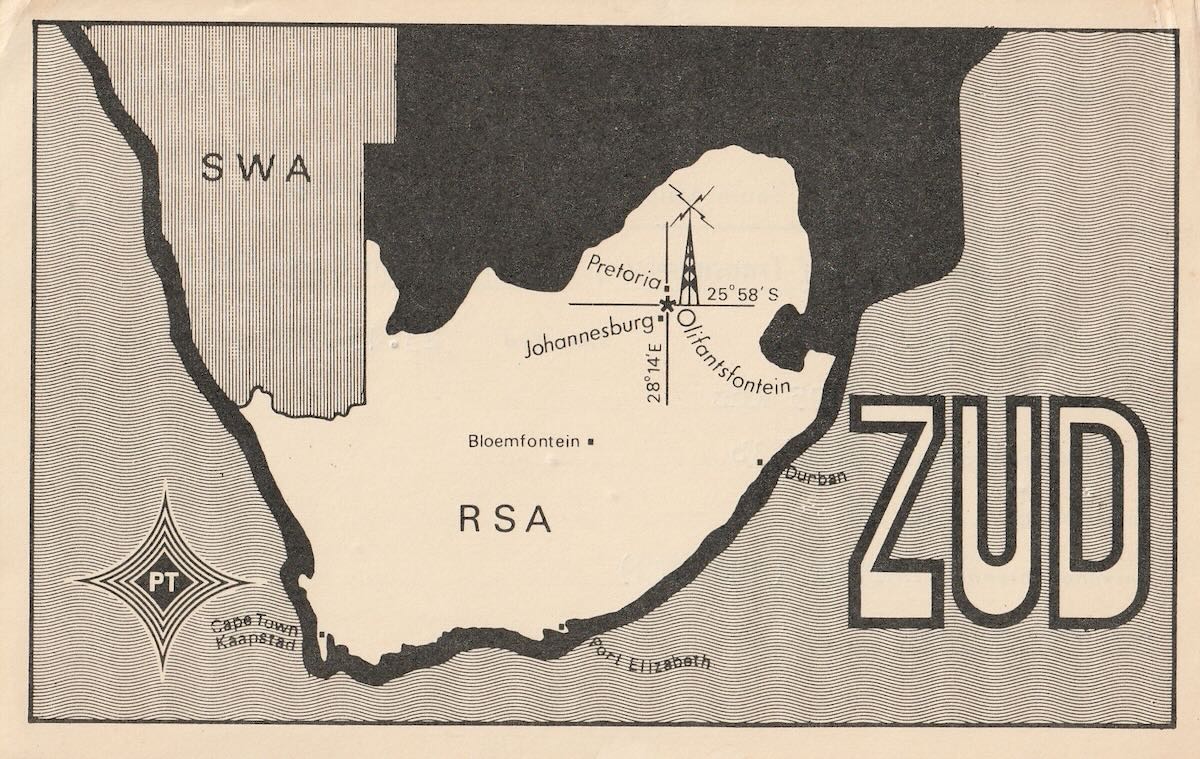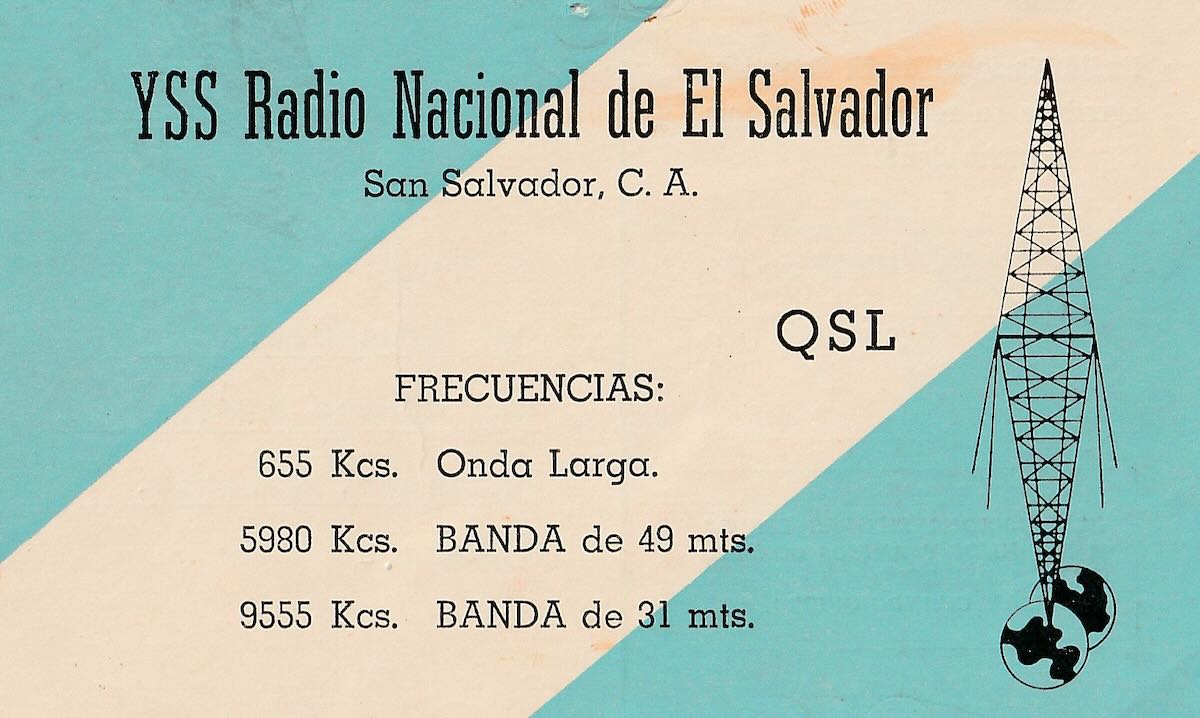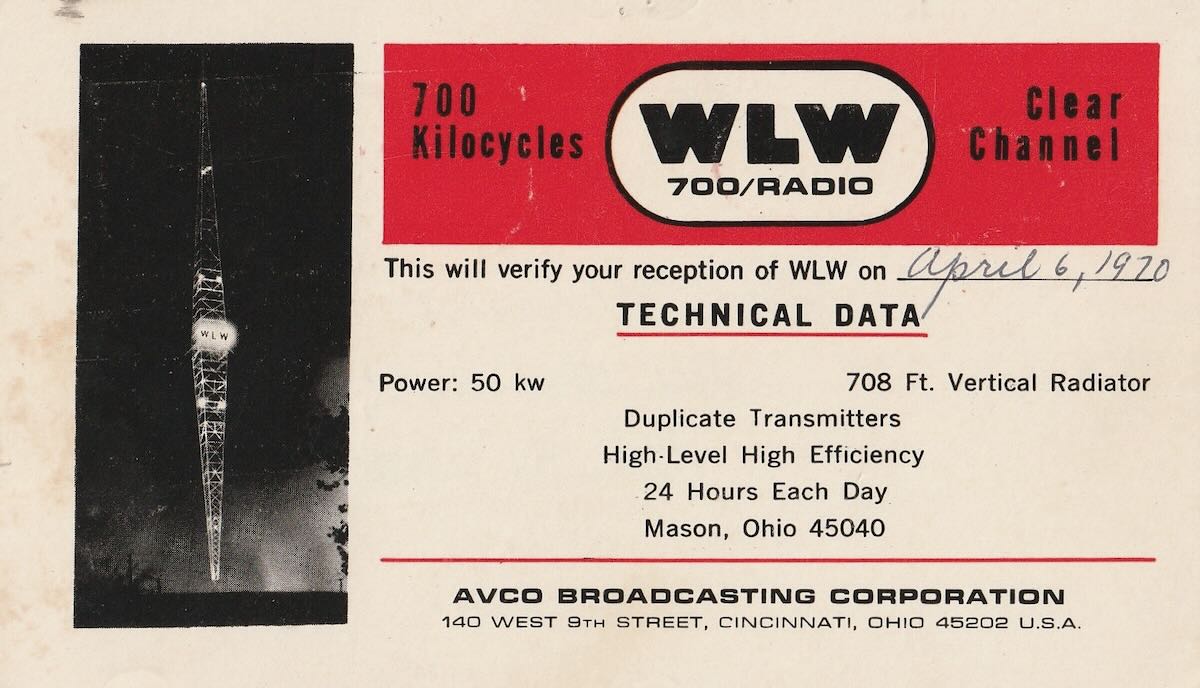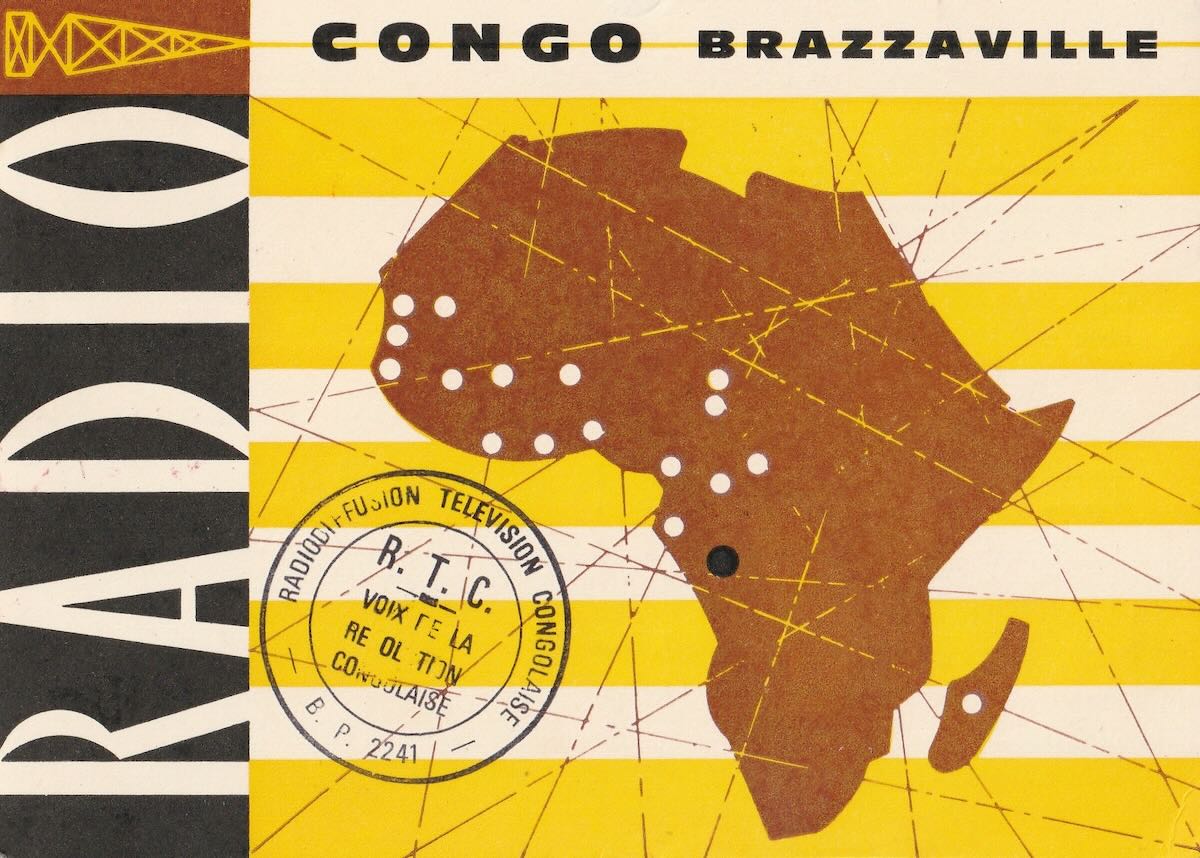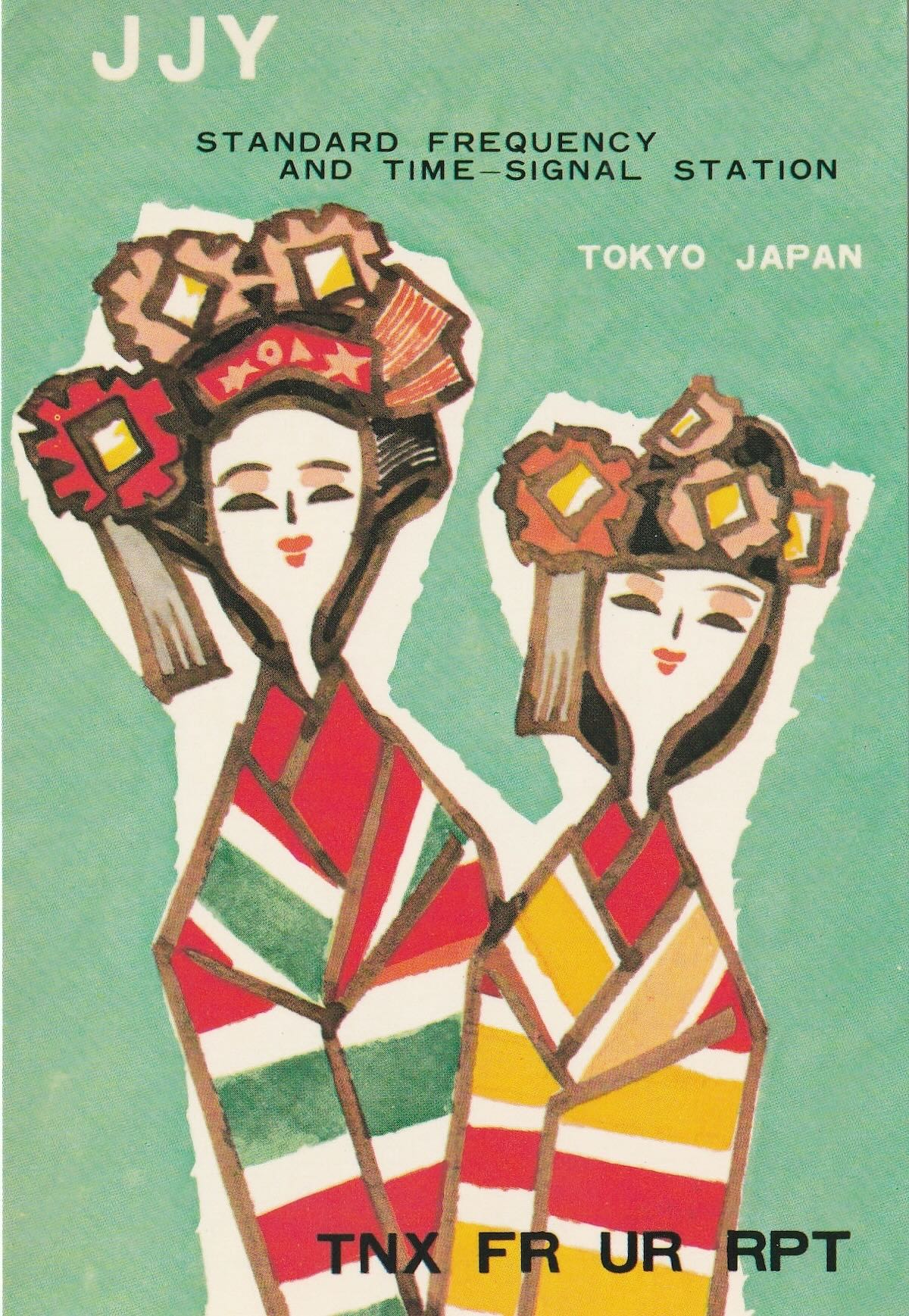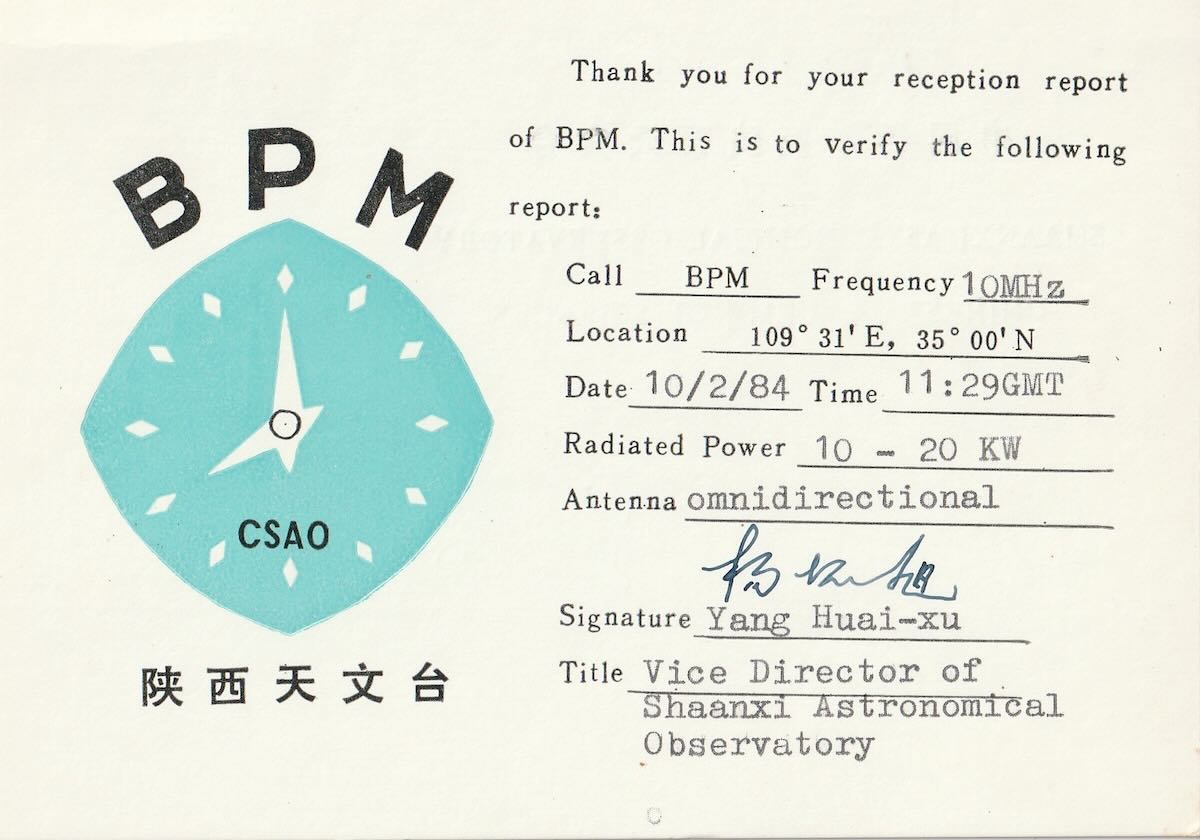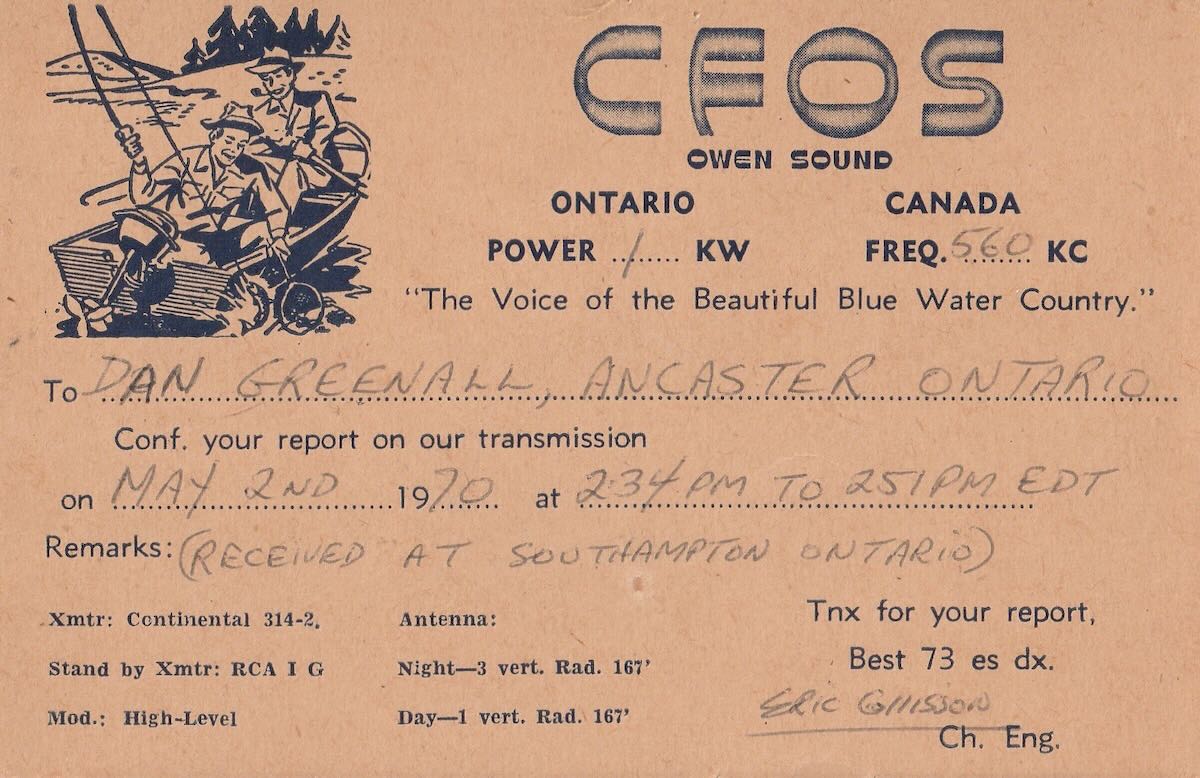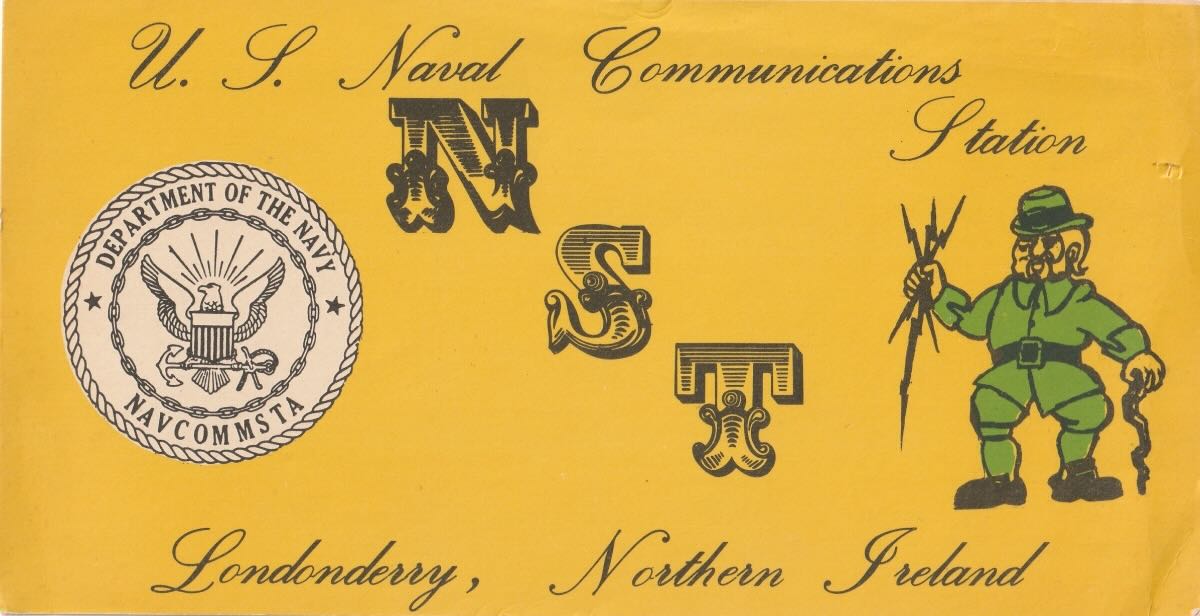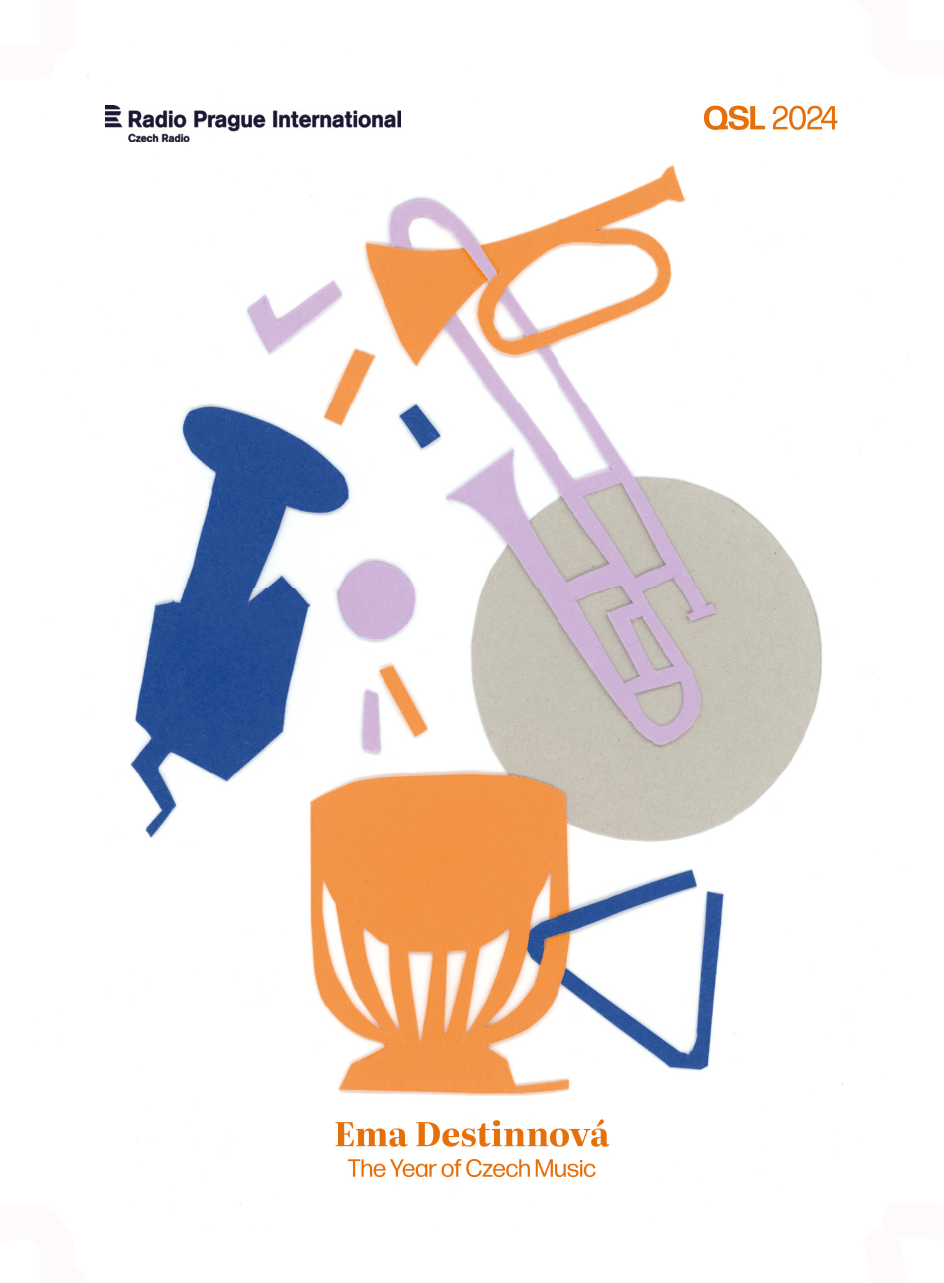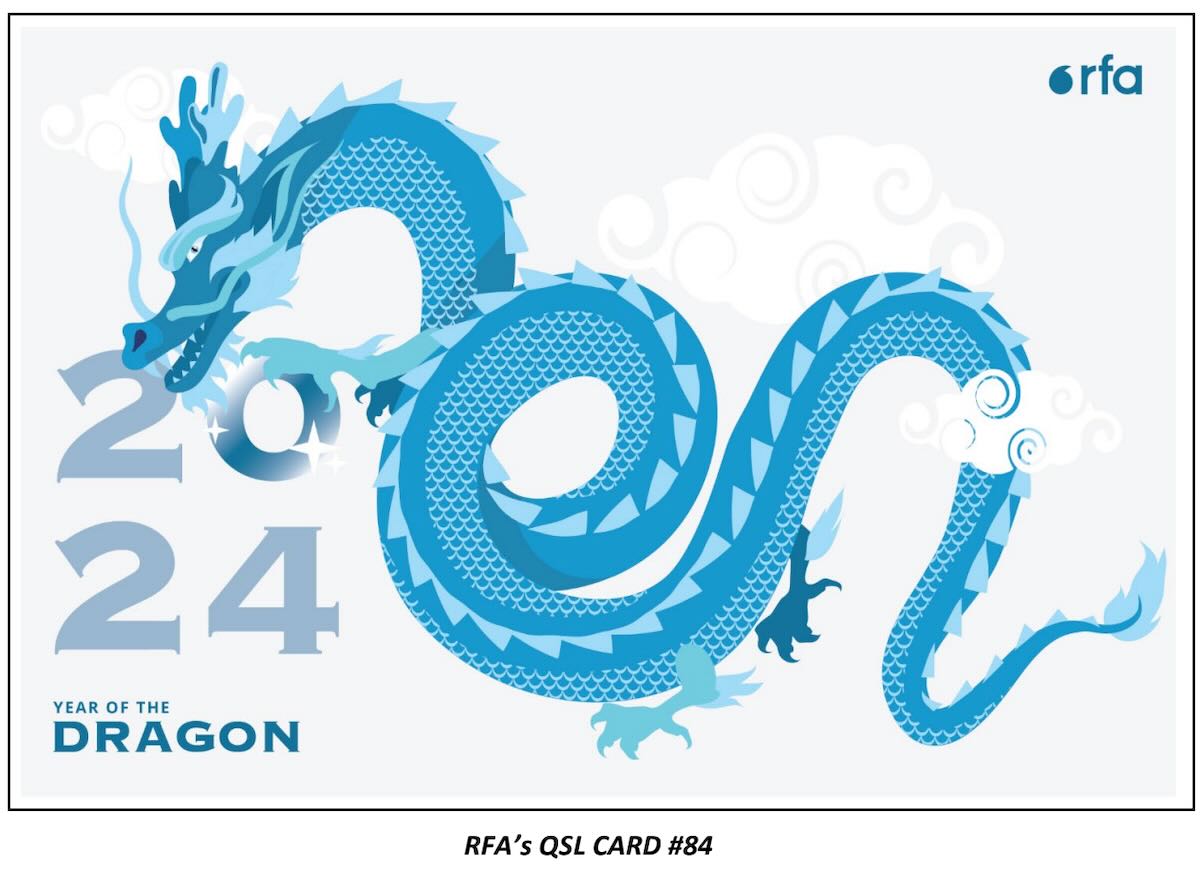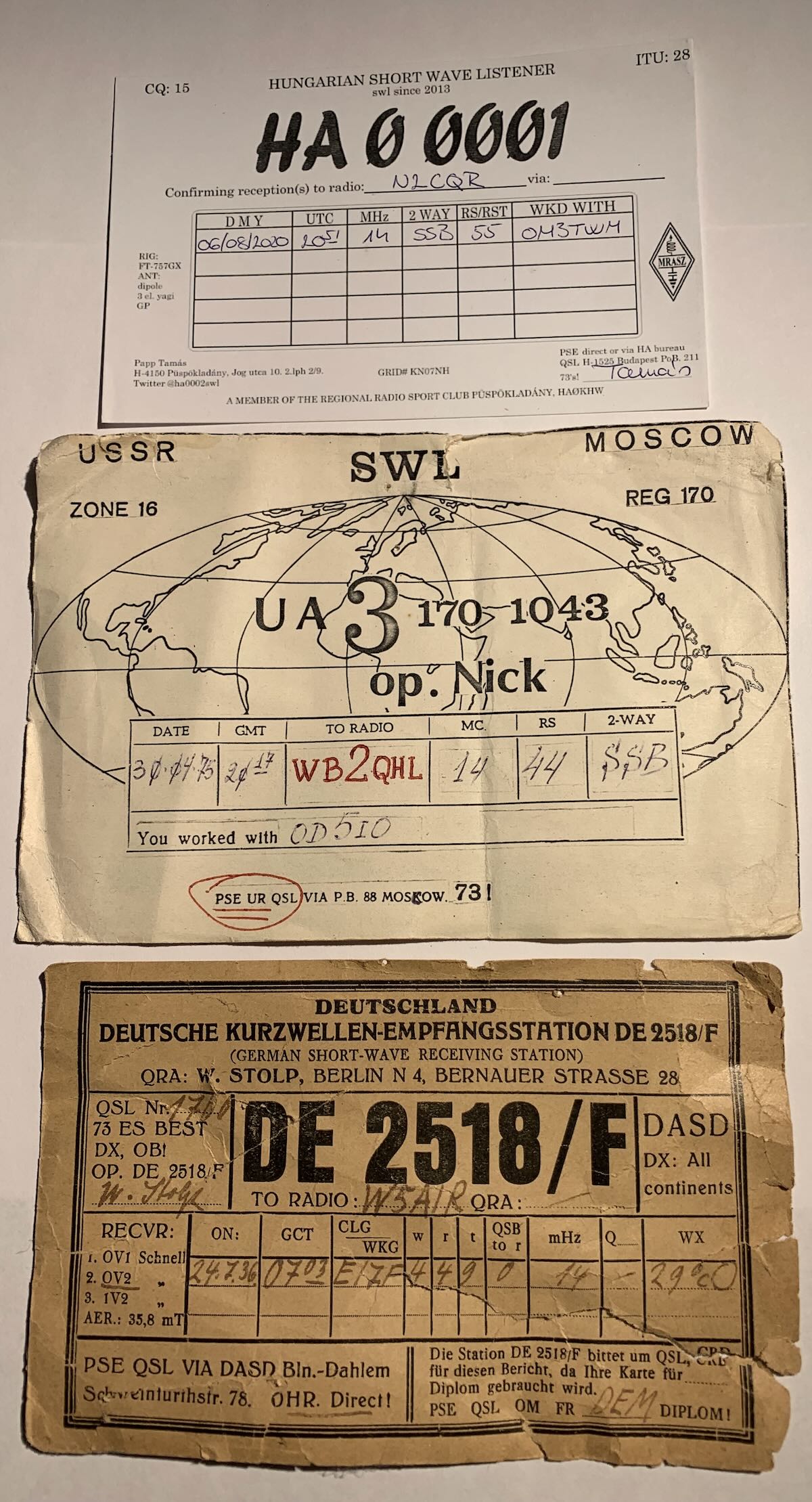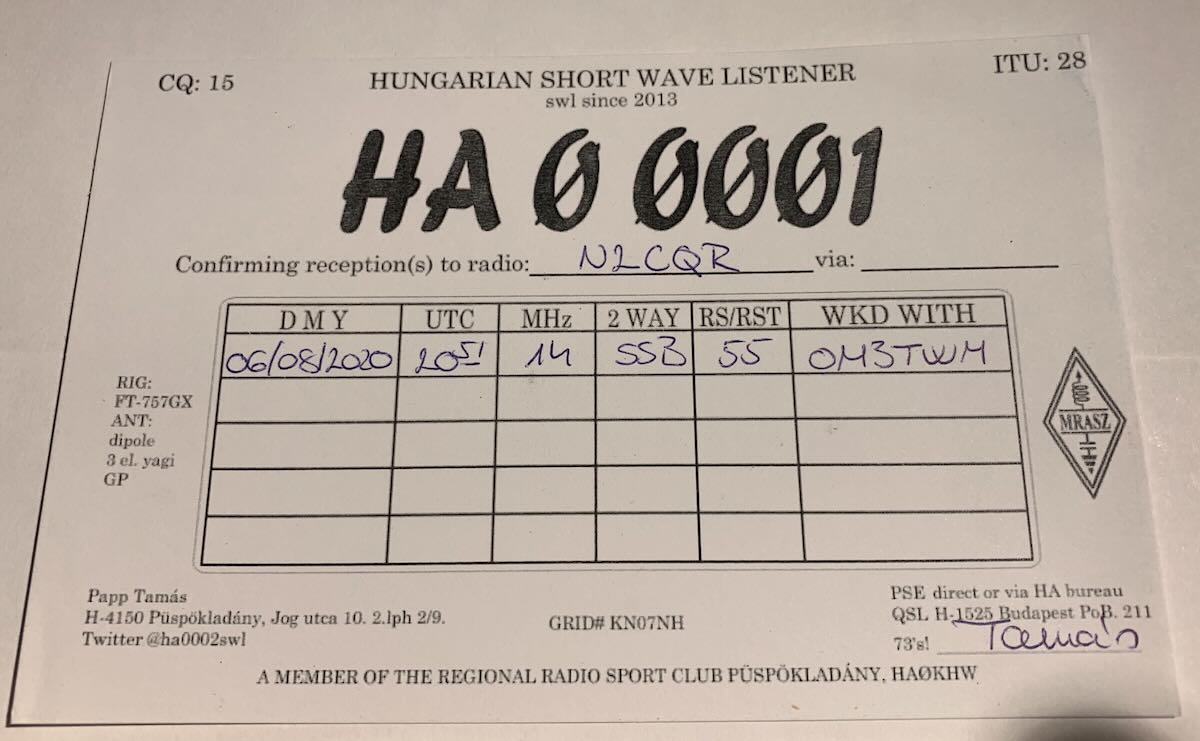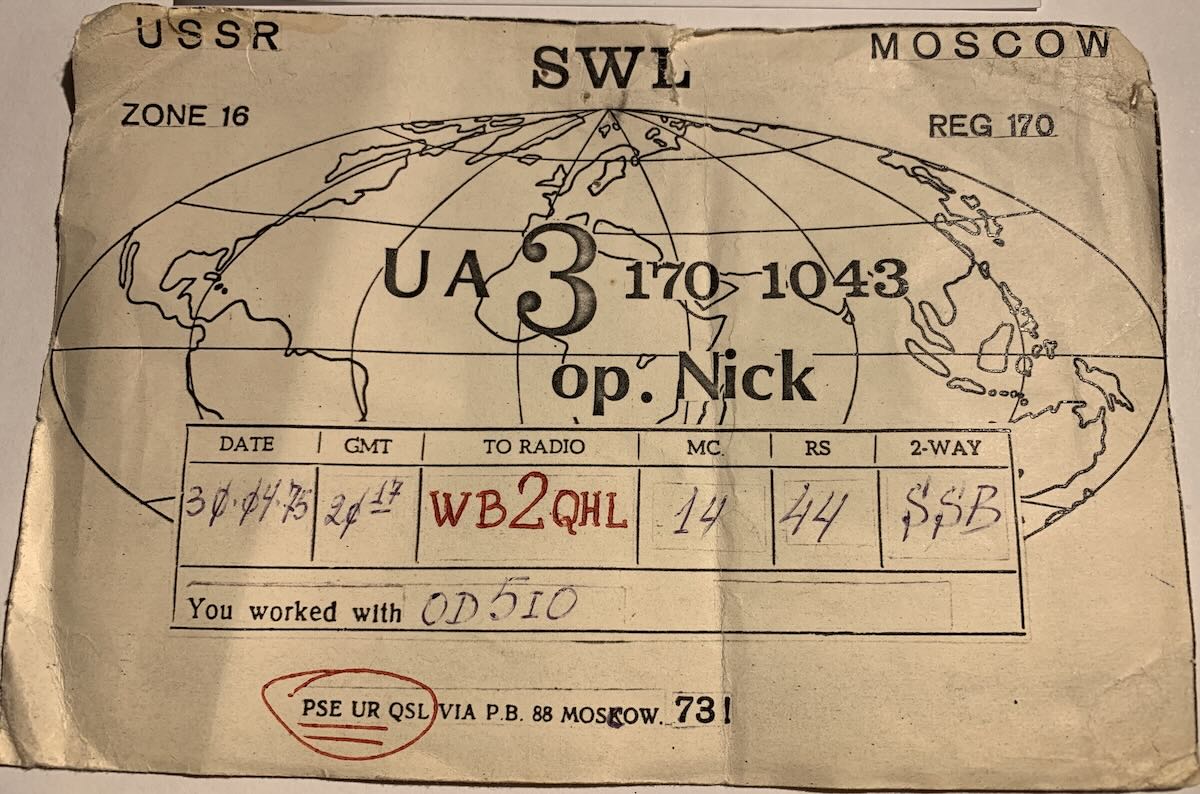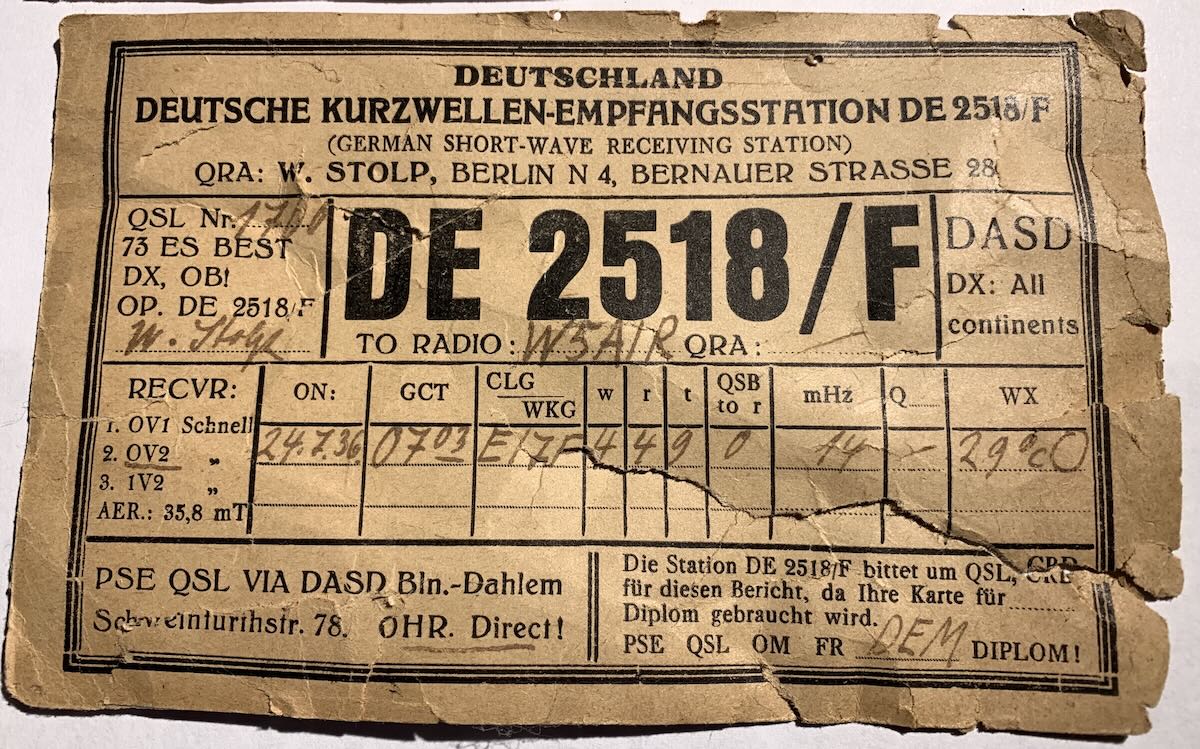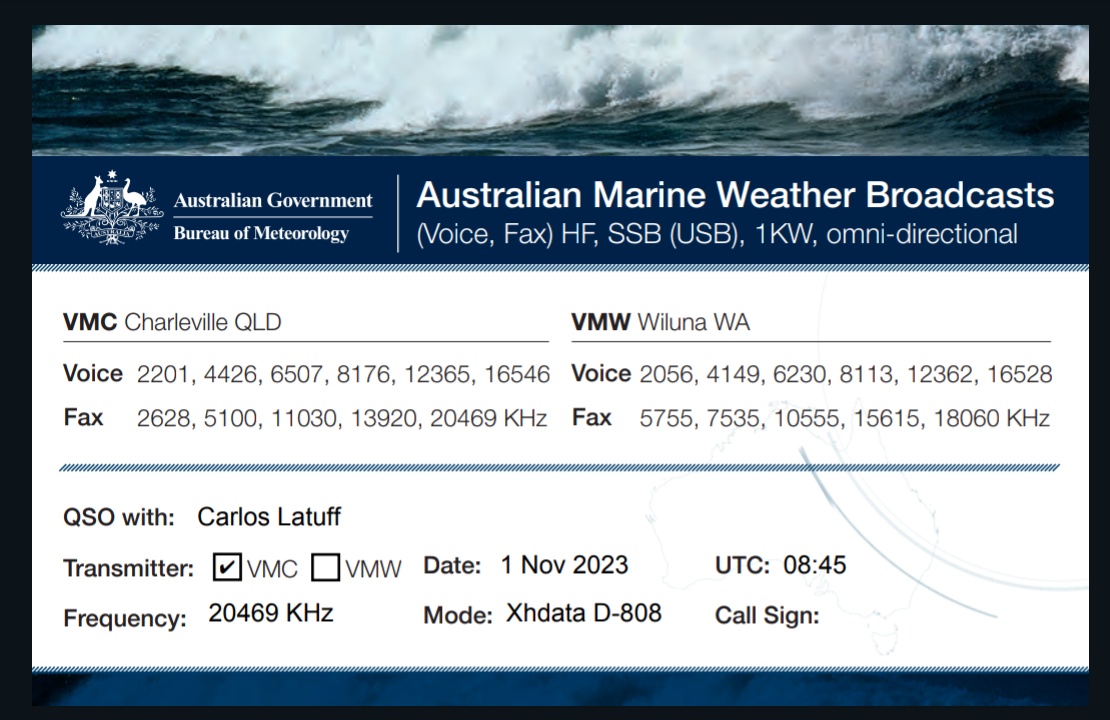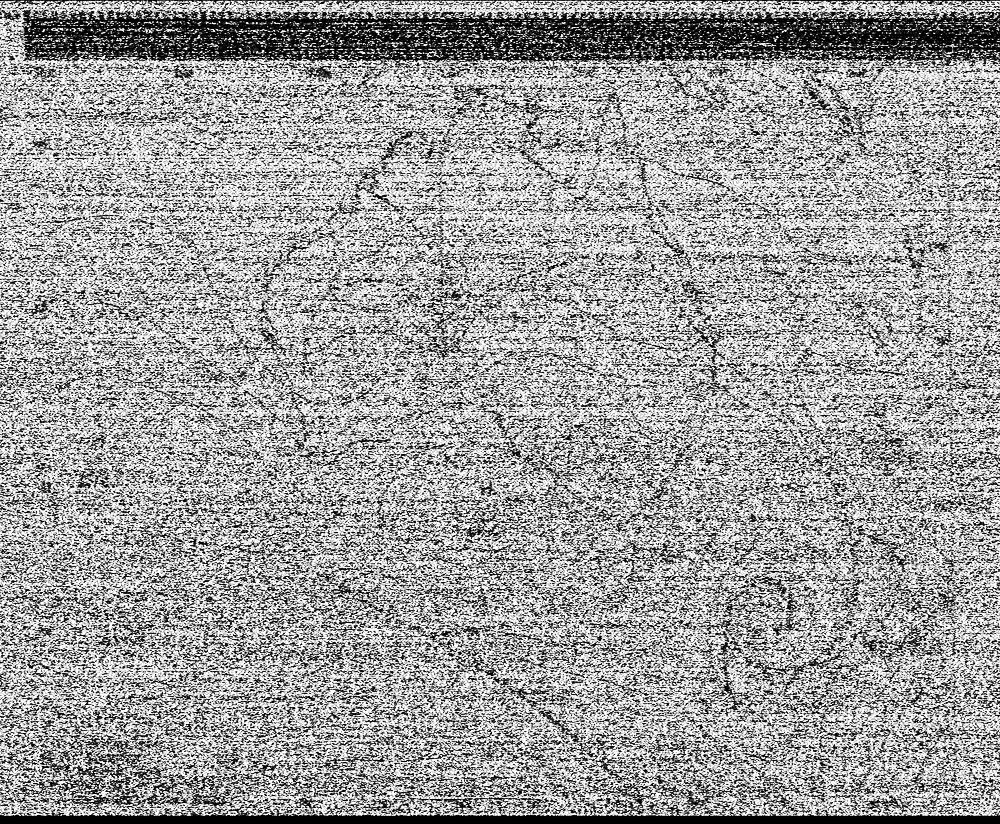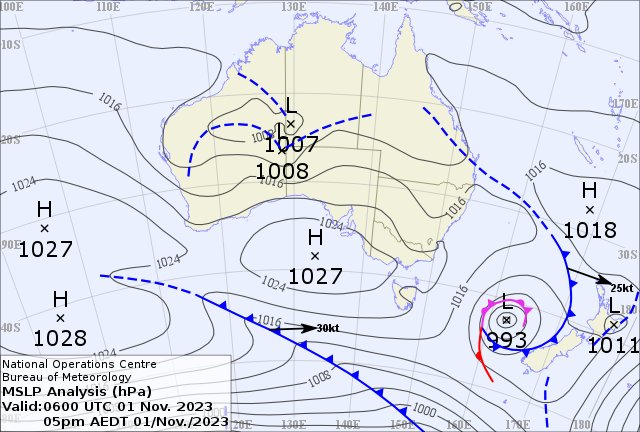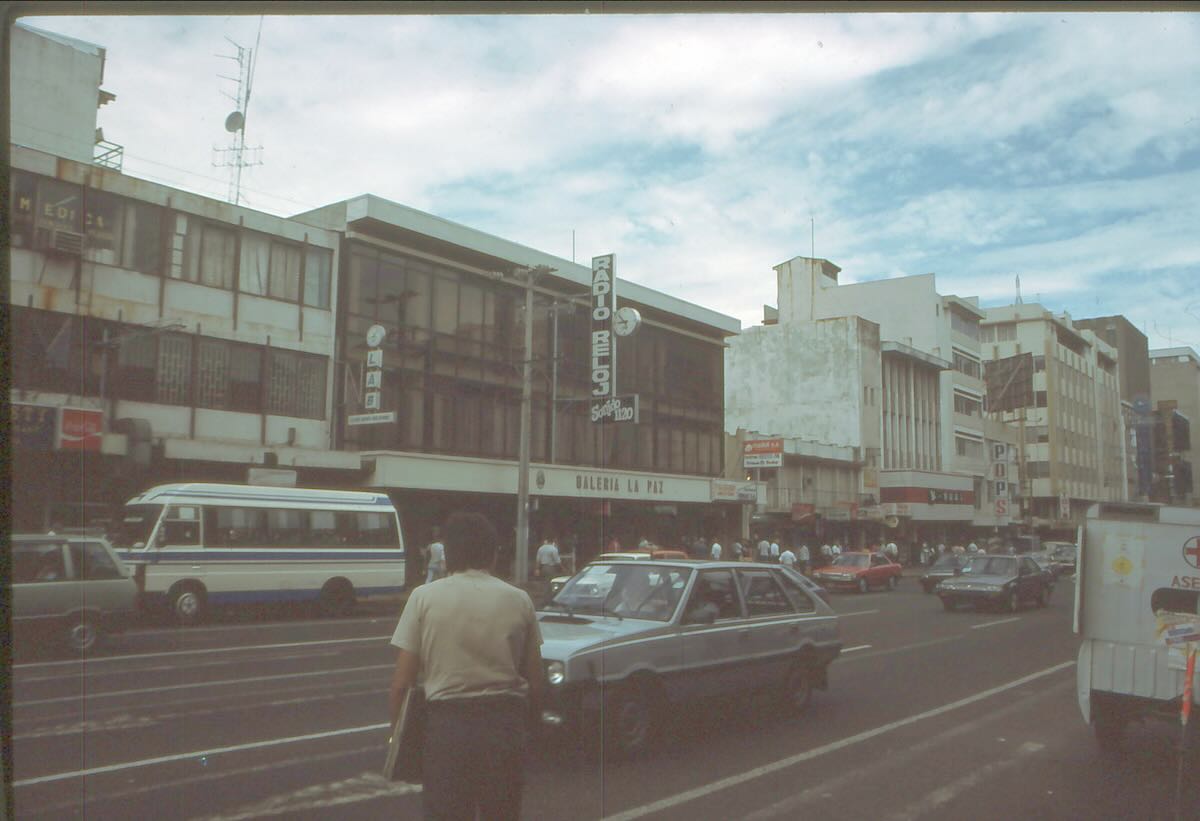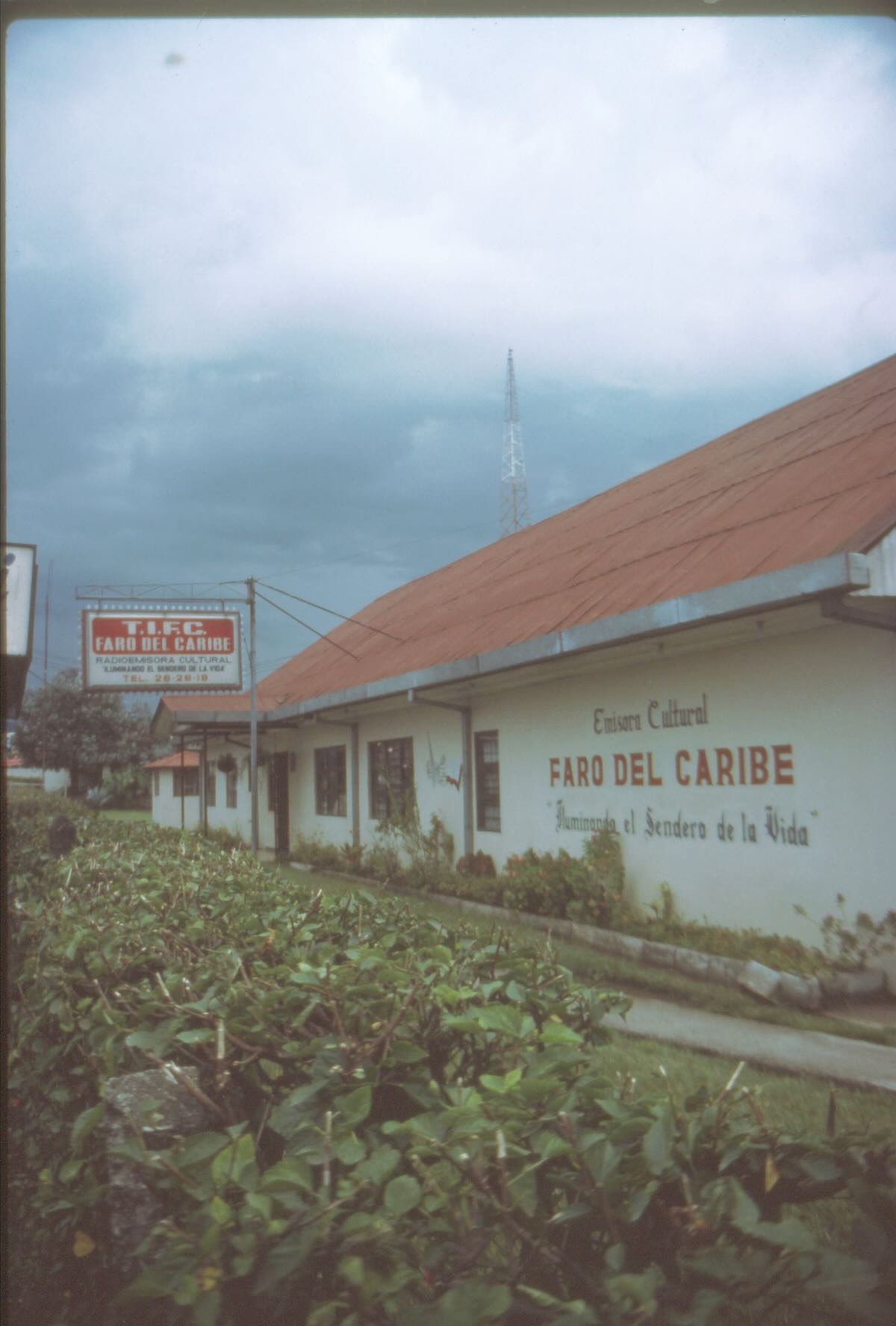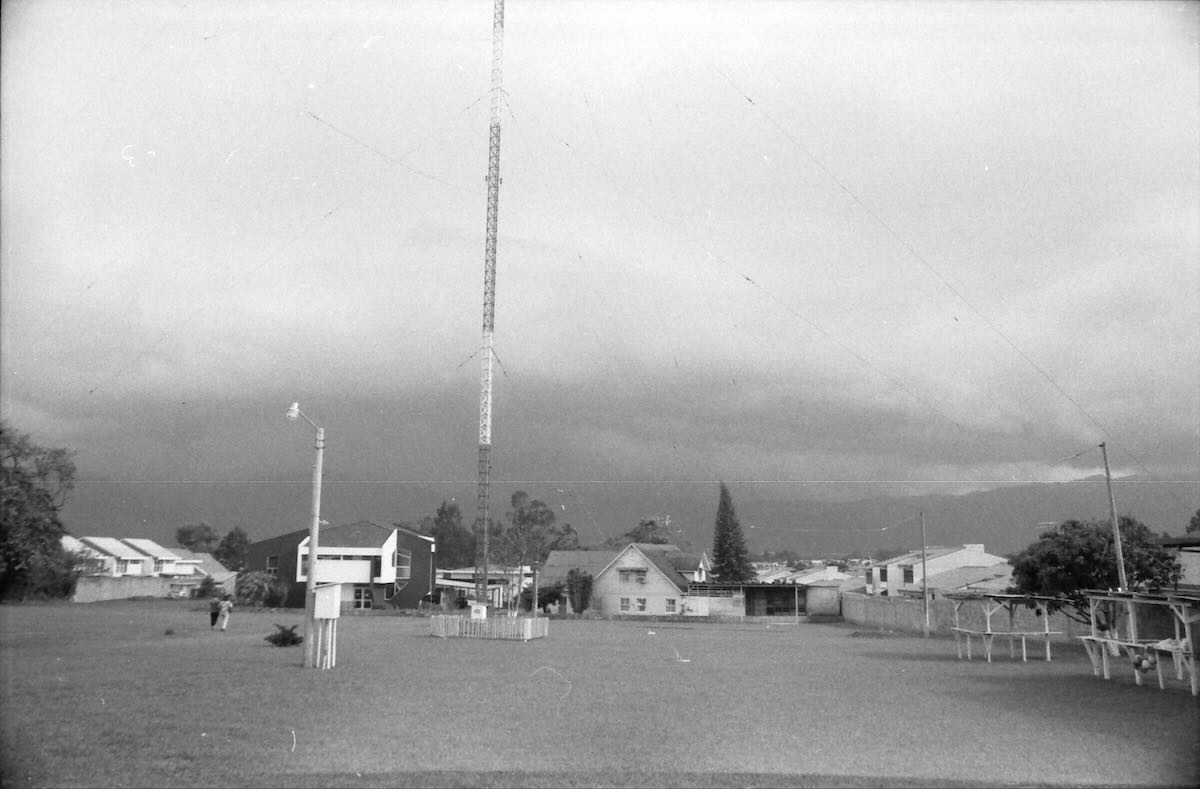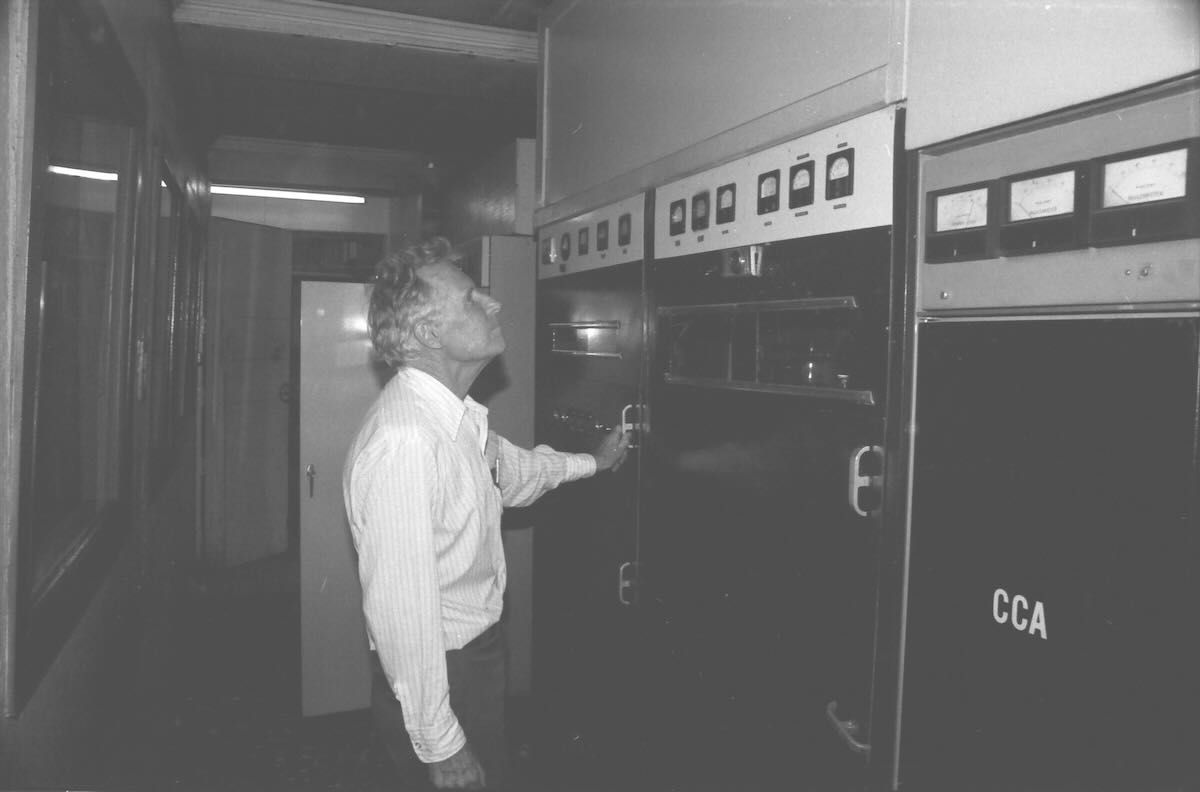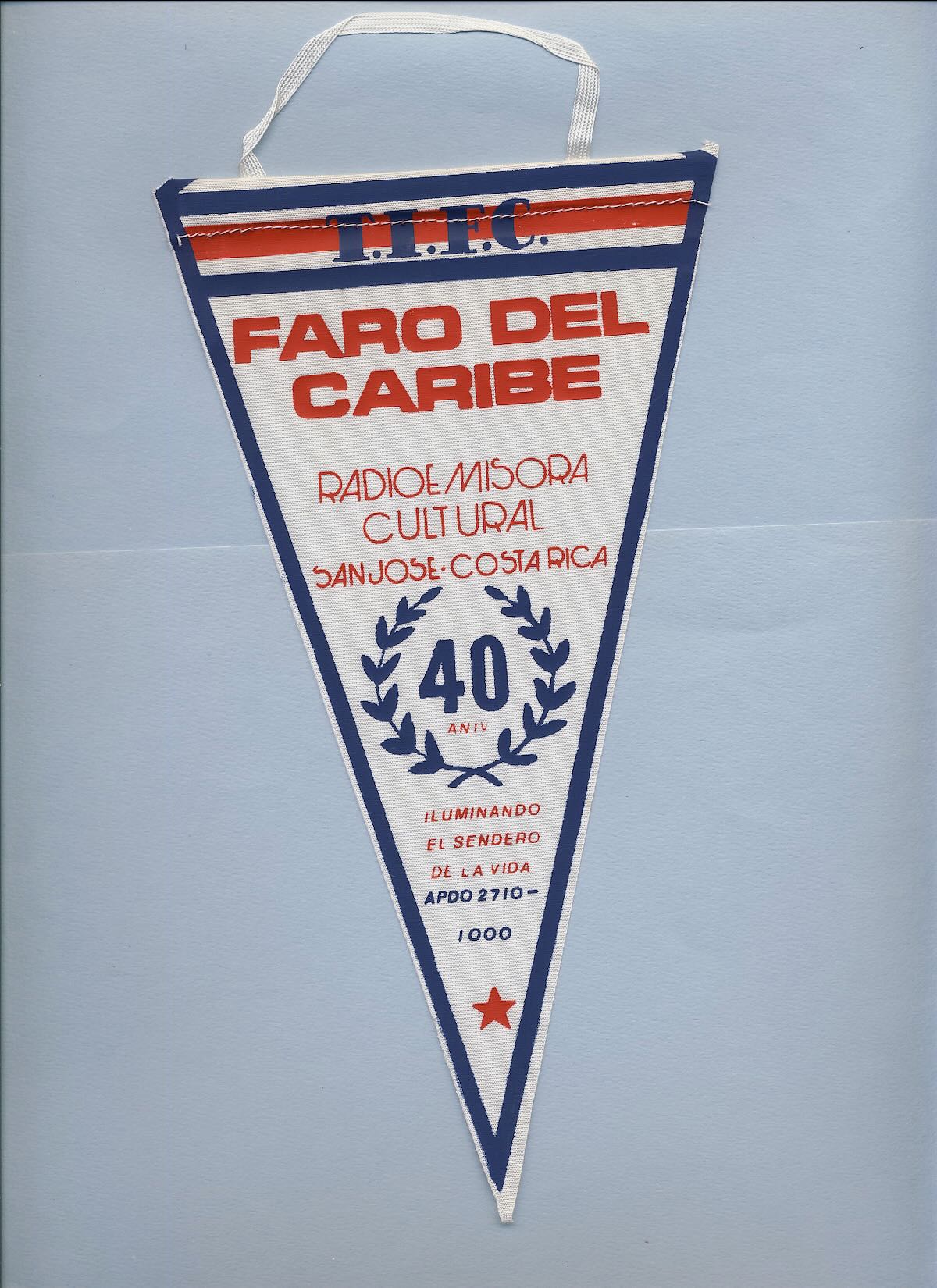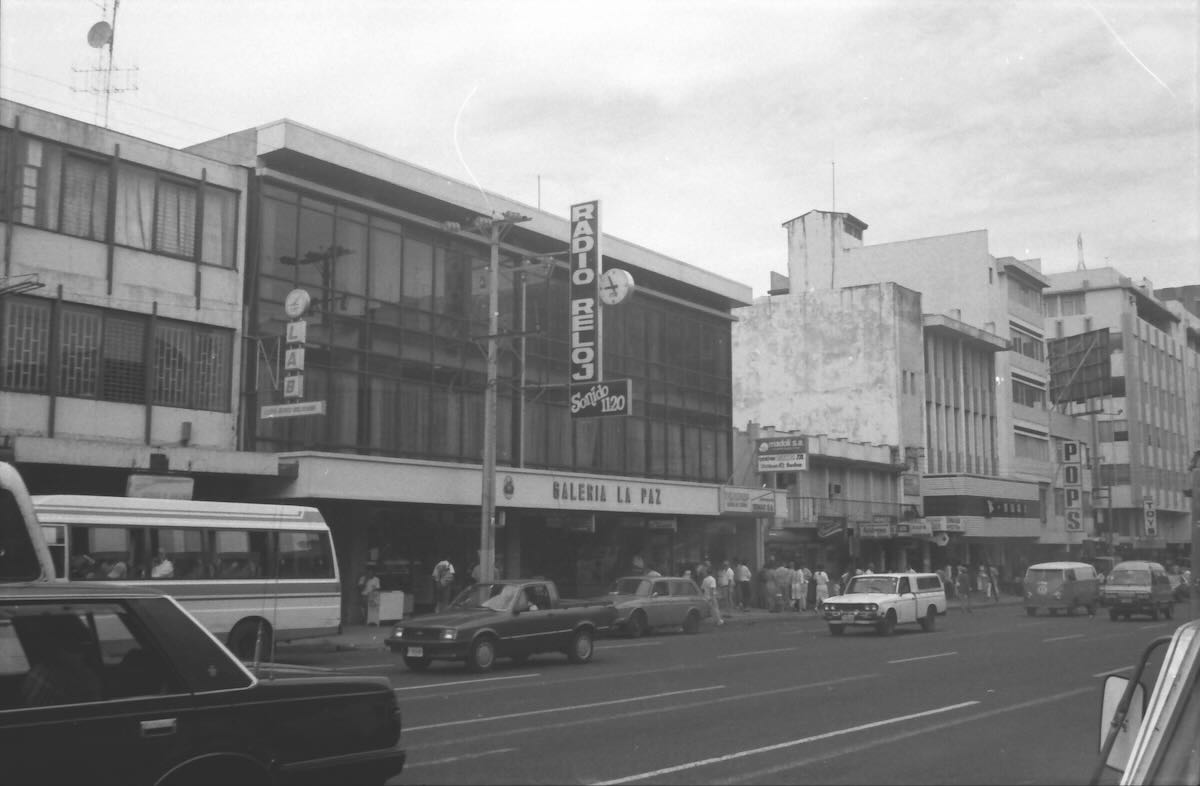2024 Checkered Flag Award: Time to Get Racy!
By Brian D. Smith, W9IND
You can’t go 3 for 3 if you haven’t gone 1 for 1. And if you want to add the 2024 Checkered Flag Award to your collection, you’ll have to bag the first W9IMS special event of the year sometime between now and 11:59 p.m. Saturday (Eastern Time)/0359 Sunday UTC.
Besides the currently running IndyCar Grand Prix event, hams and SWLs will need to work or tune in W9IMS two more times this year to take the Checkered Flag. After this week, W9IMS will return to the airwaves for the Indianapolis 500 (May 20-26) and the NASCAR 200 at the Brickyard (July 15-21).
The prime time to find W9IMS is from 6 to 10 p.m. Eastern (2200-0200 UTC) on weekdays, sometimes extending to midnight (0400 GMT), and the prime bands are 40 and 20 meters (generally around 7.245 and 14.245 MHz). However, frequencies can change as a result of QRM and other factors.
You can save time by checking W9IMS spots, which are posted frequently on DX Summit (www.dxsummit.fi).
Also, while W9IMS can appear at any time of day before the final signoff on Saturday night, you’ll have a better chance of finding the station by going to the W9IMS QRZ page (www.w9ims.com) and clicking the Grand Prix link under the heading “2024 Operating Schedule” – which displays the shifts that operators have already signed up for. The same page contains answers to a great many questions pertaining to the W9IMS QSL cards and certificate.
If you still haven’t worked W9IMS by Saturday, remember that at the end of the week, operators often start requesting calls only from stations that haven’t yet worked the current special event.
Another tip is to hang around for happy hour – the last blast on Race Day (May 11 for the 2024 Grand Prix) – which usually starts around 11 p.m. Indy time (0300 UTC). That’s when W9IMS ops traditionally switch to contest-style QSOs and exchange only signal reports so they can put as many stations in the logs as possible. But keep in mind that W9IMS special events can also end early if the station encounters sparse QSOs or adverse solar or weather conditions.
If you just can’t complete a QSO, you can always create an SWL report by copying down details of other W9IMS contacts – including frequency, UTC, and a few of the stations you heard W9IMS working. This can count as a credit for a Grand Prix QSL card and/or one of three credits toward a certificate. SWL certificates feature names instead of callsigns, but are otherwise indistinguishable from awards issued to amateur radio operators.
Whether or not you catch all three W9IMS events in 2024, you’ll qualify for a new and unique QSL card for each race that you log. But why not try for the trifecta? Stay on your toes, though – the Indy 500 special event begins only 9 days after the end of the Grand Prix!

